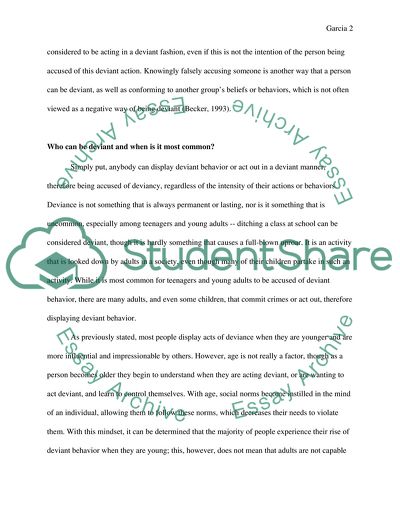Cite this document
(Deviance as It Is Essay Example | Topics and Well Written Essays - 1500 words, n.d.)
Deviance as It Is Essay Example | Topics and Well Written Essays - 1500 words. https://studentshare.org/sociology/1737973-what-makes-a-person-deviant
Deviance as It Is Essay Example | Topics and Well Written Essays - 1500 words. https://studentshare.org/sociology/1737973-what-makes-a-person-deviant
(Deviance As It Is Essay Example | Topics and Well Written Essays - 1500 Words)
Deviance As It Is Essay Example | Topics and Well Written Essays - 1500 Words. https://studentshare.org/sociology/1737973-what-makes-a-person-deviant.
Deviance As It Is Essay Example | Topics and Well Written Essays - 1500 Words. https://studentshare.org/sociology/1737973-what-makes-a-person-deviant.
“Deviance As It Is Essay Example | Topics and Well Written Essays - 1500 Words”. https://studentshare.org/sociology/1737973-what-makes-a-person-deviant.


